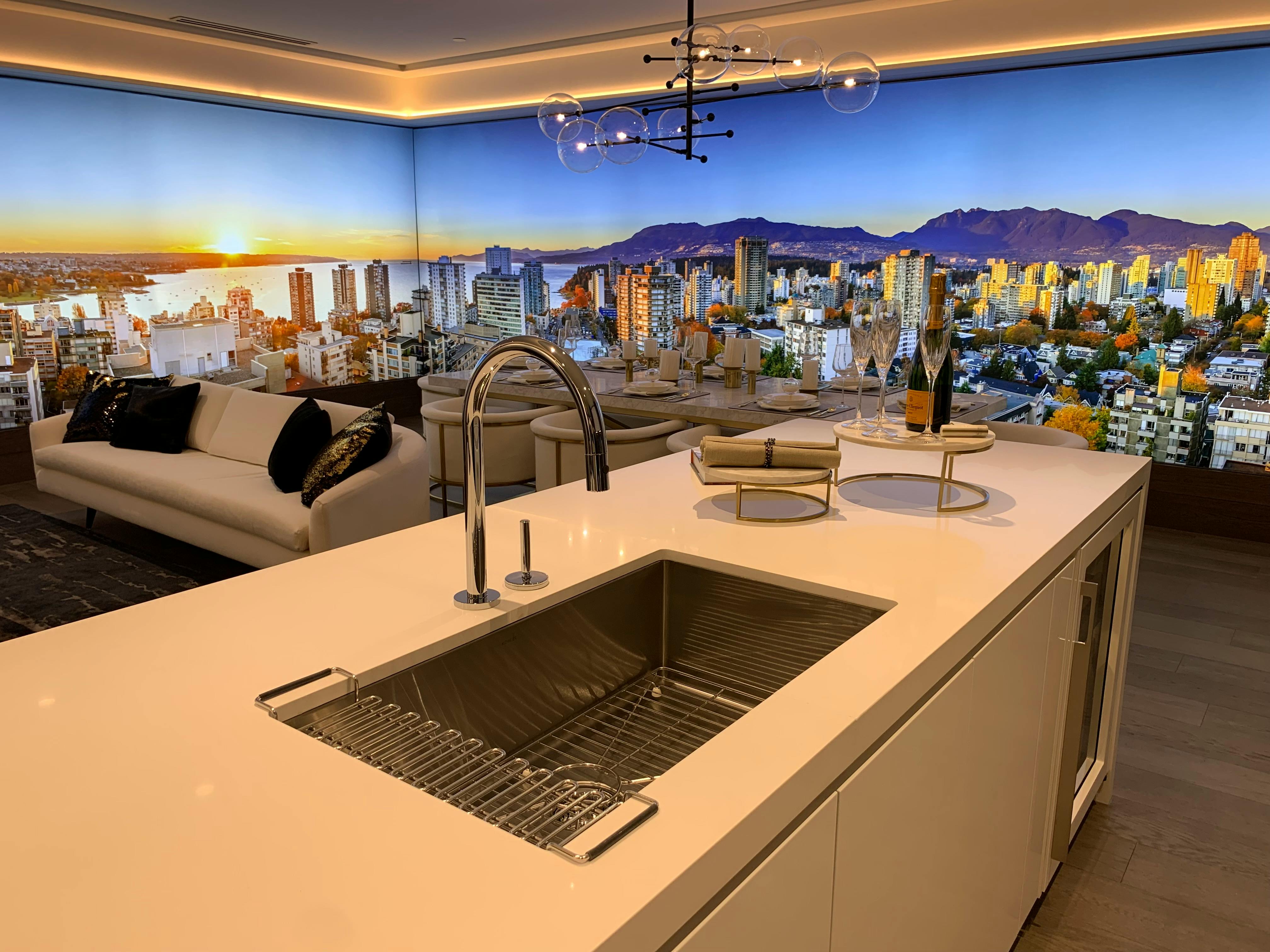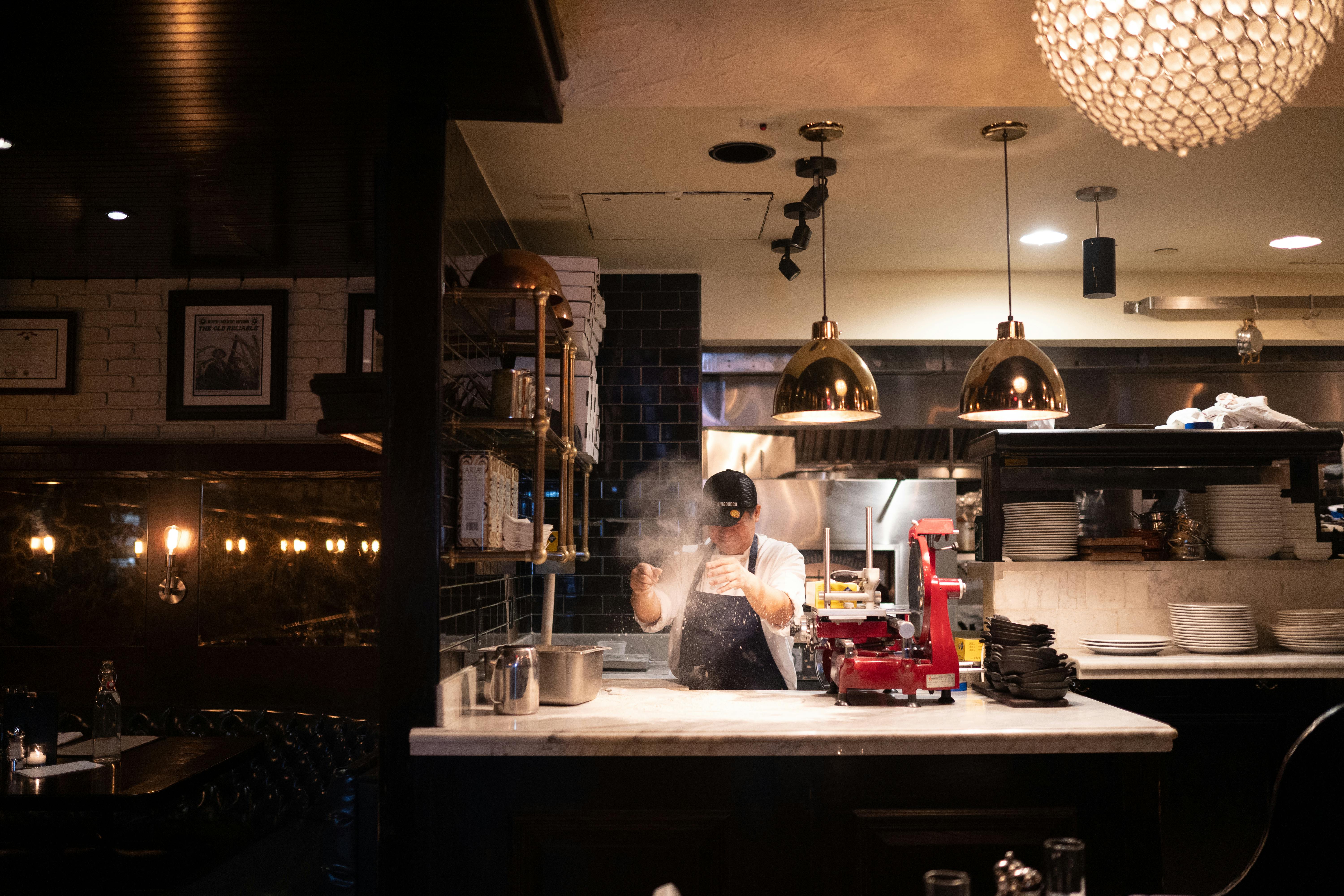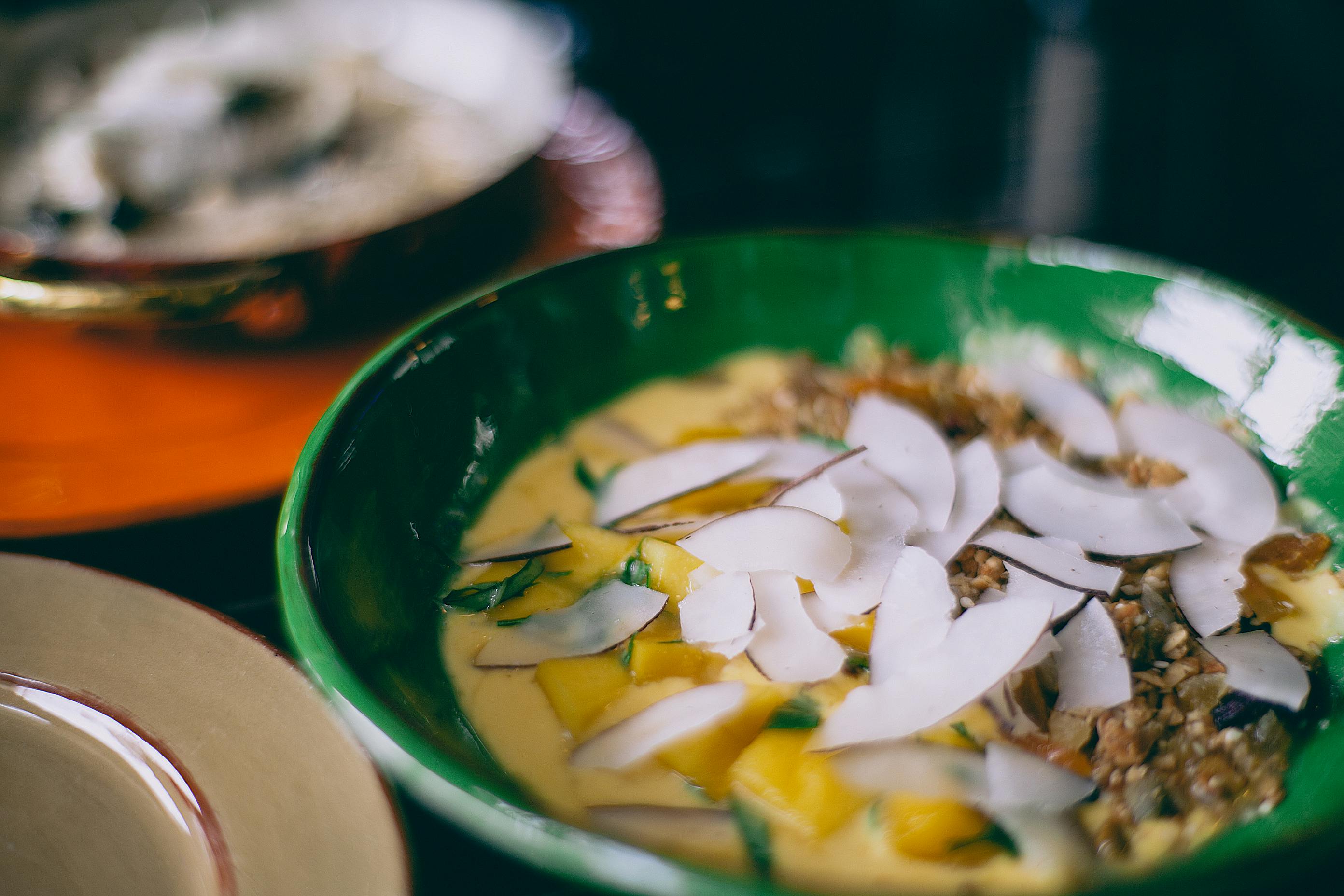Folding business cards are one of the top trends in business card design today.
They’re designed to fold to the size of a standard business card, so they’ll fit easily into a regular wallet or card holder, but have twice the space to fill. You can choose between the long fold, which will look like a mini greeting card, or the short fold, which allows it to stand upright and unfold into a long bookmark. There is also the offset fold where the front is shorter than the back and reveals the lower information panel both open and closed. Well designed, all of these formats can be attractive, functional, and cutting-edge, but there are also pitfalls to avoid.
advantage
You get plenty of extra space to include more information about products or services. You can add images, maps and all sorts of details to the inside of the fold, even turning your cards into double-duty mini booklets.
The fold makes the cards stand on their own, so they can stand up and stand out on a tabletop display, making them much more noticeable and eye-catching than ordinary flat cards.
This format allows for many creative design ideas and turns your business cards into useful gifts that people might want to keep longer. Consider printing a reference guide relevant to your business in the middle: perhaps a weights and measures conversion guide; keyboard shortcut list; a calendar; a planting guide; a color chart, anything your contacts would like to put on a desk or kitchen counter for long-term reference.
You may prefer this format just because it allows a lot of white space inside to scribble notes. Some people print on the outside and leave everything inside blank, especially in a business where the personal element is important. You can then scribble a personal Twitter handle, blog address, and cell phone number inside before handing it over — whatever information is most relevant to that particular contact, making your conversation more memorable.
Cons
Folding business cards can get overly cluttered as you try to pack as much information as possible into a relatively small space. Don’t forget the core business card design mantra: less is more.
These cards will cost more than ordinary business cards: effectively, they are twice the size and require twice the printing and design, as well as the score for folding. Assess whether you’re saving money on other brochures and informational materials by having extra space inside; It could still be profitable if it saves you from printing and delivering several other pieces of printed paper.
At twice the size, they’re twice the volume, so you’ll have to carry more weight in your pocket to keep the same number of cards on hand: a small consideration, but one worth remembering if you like to travel light.
Similarly, if you go the eco-friendly approach, they may not be your best option: They use twice the amount of cardstock and ink, so even if you choose recycled cardstock and natural vegetable inks, you’re doubling the amount of resources. used on your business cards.
If you decide to go for a pleat, make sure your designers make the most of it, so you really stand out from the crowd.



